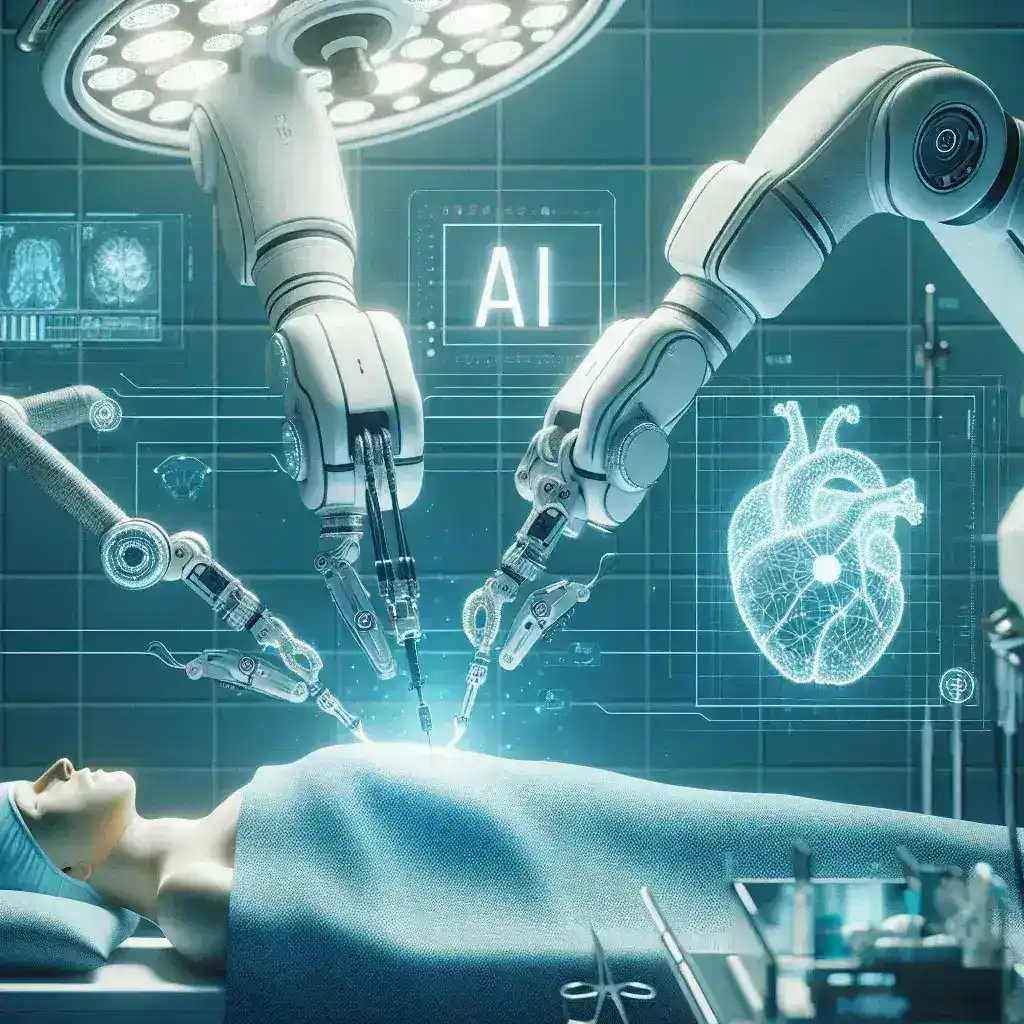The Rise of AI in Surgical Robotics
In recent years, the integration of artificial intelligence (AI) into various fields has transformed traditional practices, and healthcare is no exception. Among the most exciting advancements is the emergence of AI powered surgical robots, which are increasingly being recognized for their role in enhancing minimally invasive surgical procedures.
Understanding Minimally Invasive Surgery
Minimally invasive surgery (MIS) refers to techniques that limit the size of incisions needed and so reduce wound healing time, associated pain, and complications. Commonly used in fields such as orthopedics, urology, and gynecology, these procedures often employ advanced technologies, including robotics. However, the introduction of AI has taken these operations to a whole new level.
Benefits of AI Powered Surgical Robots
- Precision and Accuracy: AI powered surgical robots offer improved precision in surgical procedures. With advanced algorithms and machine learning capabilities, these robots can analyze vast amounts of data in real-time, allowing them to assist surgeons in making better decisions during operations.
- Enhanced Visualization: AI technology allows for enhanced imaging and visualization, enabling surgeons to see critical anatomical structures that may be difficult to visualize with the naked eye.
- Reduced Complications: Studies have shown that the utilization of AI powered surgical robots leads to fewer complications, such as infections and bleeding. Because these systems can execute delicate tasks more efficiently than the human hand, they significantly decrease the risk associated with surgery.
- Faster Recovery Times: Minimally invasive procedures already promote quicker recovery times, but AI enhancements further expedite this process, allowing patients to return to their daily lives sooner.
- Data-Driven Insights: AI algorithms can analyze patient data and surgical outcomes, enabling continuous improvement of techniques and personalized surgical approaches.
The Historical Context of Surgical Robotics
The journey of surgical robotics began in the late 20th century, primarily focused on improving surgical precision. The introduction of the da Vinci Surgical System in 2000 marked a significant milestone, allowing surgeons to perform complex surgeries with enhanced control through robotic assistance. However, the subsequent integration of AI has expanded these capabilities, allowing for better outcomes and experiences for both surgeons and patients.
Current Innovations
Modern AI powered surgical robots are equipped with features such as machine learning, computer vision, and advanced sensory feedback systems. For instance, the incorporation of AI algorithms means that these systems can adapt to the unique anatomy of each patient, learning and adjusting in real-time.
Real-World Examples
Several hospitals around the world have begun implementing AI powered surgical robots. For instance, at the Mayo Clinic, surgeons have reported improved outcomes and decreased complication rates when using these advanced systems for prostatectomies and cardiac surgeries. Another example is the use of AI in robotic-assisted laparoscopic surgeries, which has shown to significantly lower the incidence of complications.
Pros and Cons of AI Powered Surgical Robots
While the benefits are substantial, it is essential to consider potential drawbacks. Here are some pros and cons:
- Pros:
- Improved precision and reduced complications.
- Faster patient recovery times and shorter hospital stays.
- Increased surgeon capabilities through enhanced visualization and data analytics.
- Cons:
- High initial costs for hospitals and healthcare systems.
- Dependency on technology may lead to skill degradation among surgeons.
- Potential technical issues during surgery, which could pose risks.
Future Predictions
As AI technology continues to evolve, its applications in the surgical field will likely expand even further. Experts predict that future advancements may include:
- Greater integration of AI in pre-operative planning and post-operative care.
- Development of fully autonomous surgical robots capable of performing specific procedures with minimal human intervention.
- Enhanced collaborations between AI and human surgeons, creating hybrid operating models that leverage the strengths of both.
Conclusion
AI powered surgical robots represent a transformative leap in the field of minimally invasive surgery, significantly reducing complications and improving patient outcomes. As technology continues to advance, the potential for these robotic systems will only grow, paving the way for safer, more efficient surgical procedures. The future of surgery is indeed bright, with AI leading the charge toward greater precision and better patient care.

